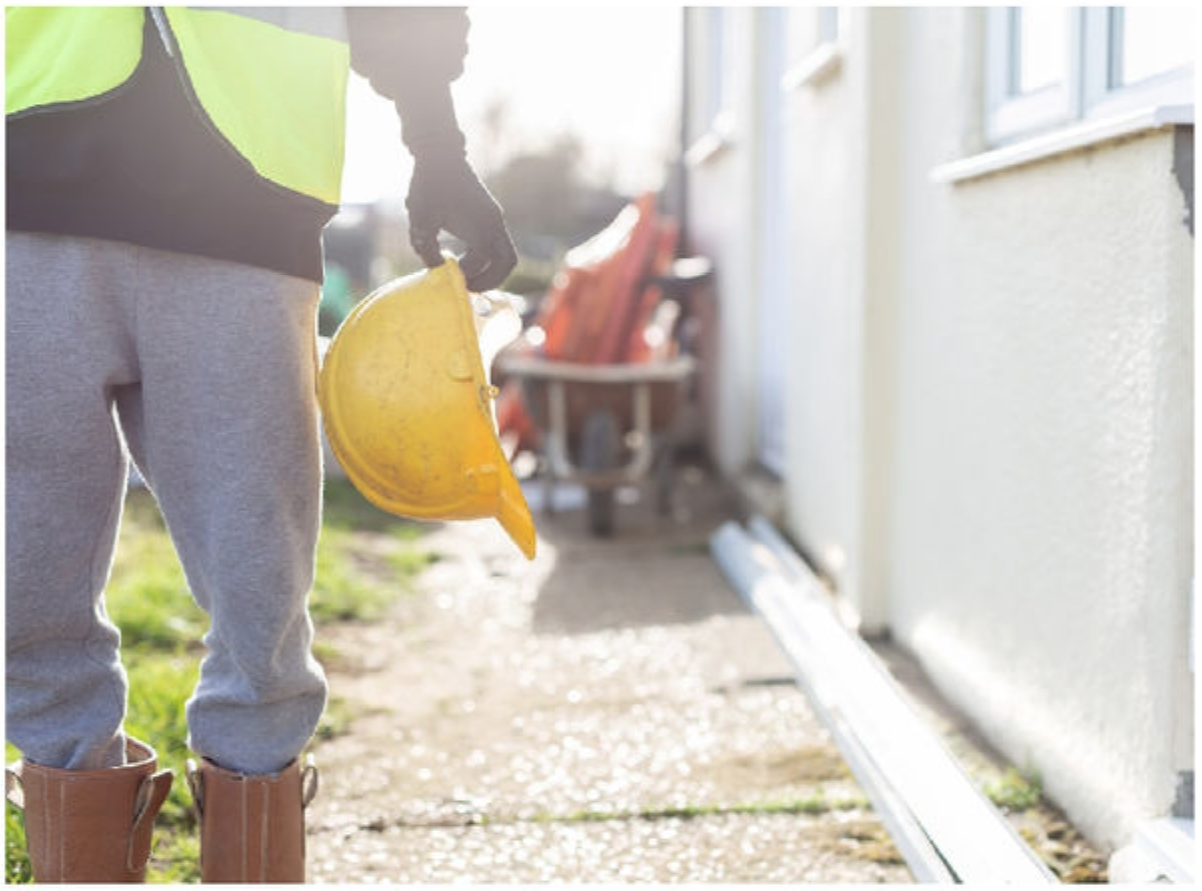Safe, adaptable, and reliable: Why masonry is still essential for robust construction
2022 has seen an unusual set of socio-political events rock the UK economy, prompting recent spikes in material costs, rocketing fuel prices and a shortage of skilled labour. As a result, the majority of UK businesses and the industry have been feeling the financial strain.
The construction sector has been particularly hard-hit. Construction materials prices rose by as much as 26% annually in June before starting to fall back somewhat, initially due to widespread supply chain bottlenecks as the global economy emerged from the Covid crisis, and then exacerbated by geopolitical disruptions and rocketing energy prices.
In turn, this is having a significant knock-on effect on construction activity, including housebuilding. Recent survey data from the Mineral Products Association revealed that momentum in mineral products demand has dropped off markedly since June. The main concern being that widespread cost inflation throughout the construction supply chain may have started to negatively impact demand.
As a result, an otherwise solid pipeline of future construction projects is being hindered by the unprecedented cost pressures for energy, raw materials and labour, paving the way to a wider slowdown within the industry. According to the Office of National Statistics, housebuilding activity on the ground remains robust. Still, the cost of living crisis and interest rate increases have chipped away at confidence, hampering next year’s prospects.
The MPA also forecasts mineral products demand (including for aggregates and ready-mixed concrete) to be lower this year compared to 2021 and to decline again in 2023, but highlights a potential, and welcome, reprieve for the sector from 2024, depending on developments in the wider economy.
With that in mind, as the market looks to recover from increased shortages and uncertainty surrounding the removal of the Standard Method at play, a shift in approach has to be imminent. Adding a further layer to the challenge, this urgently needed increase in stock also has to comply with tightening regulations, particularly the Building Safety Bill, Fire Safety Act and Future Homes Standard.
This situation is prompting smarter, leaner, and more conscientious thinking, particularly regarding the construction materials being used for residential purposes. It is also encouraging built-environment professionals to reappraise products and consider their properties and performance in more holistic ways, particularly regarding their long-term strength and sustainability credentials.
This has led to a serious rethink around Masonry in housebuilding, particularly concrete and aircrete blocks. Of course, their structural integrity is already well known, especially when they are used within a cavity wall system, which has almost unrivalled non-combustibility and low porosity.
Until recently, the materials’ green credentials were less well documented. However, that’s now changing as the sector’s understanding of sustainability, carbon and thermal performance improves. Here are just a handful of the most compelling facts.
For a start, the majority of blocks produced in the UK use locally-sourced raw materials and are manufactured close to where they are originally sourced. Furthermore, many are located within a 40-mile radius of any builders’ merchants, meaning a shorter and lower-emissions journey from plant to yard. This immediately saves on the carbon and monetary costs of imported goods from other countries. So, from a logistics standpoint, the advantages of a greener production process are undeniable.
Going beyond the current supply relief, it will also permit merchants to effectively contribute to Net Zero 2050 targets, generating increased supply to meet demand with hardly any interruption to existing business models and future earnings.
Masonry’s circular qualities also provide ample benefits for the industry overall. By being 100% recyclable at the end of its life, the need to extract virgin materials is reduced. Furthermore, recent innovations in cementitious materials are reducing the levels of emissions-intensive cement traditionally required for block production, offering greater carbon reductions.
Finally, blockwork’s ability to achieve ultra-low U-Values will also help achieve the requirements of Part L, which has been a major headache across the residential construction sector long before its full implementation earlier this summer.
We’re merely scratching the surface of the potential of this material category, but perhaps, an indicator is displayed of how we can surmount existing barriers by using existing solutions.
Ultimately, all these structural and sustainable benefits can then be passed on by the merchant to contractor and developer customers. With plenty of domestic stock available, masonry is more than capable of plugging supply chain gaps within the housebuilding ecosystem in a scalable, sustainable and low-cost way. Hopefully, this will help support the sector at a time of heightened economic uncertainty.
Quick fixes are never the answer, and that also pertains to solving the current crisis at hand. Yet, rediscovering UK-produced products will not only make up for a shortfall in important materials but can, in actuality, help to rebuild construction activity across the board in the long term.
Steve Callow, Manager, Masonry and Concrete Products
To acces the article please go to: BMJ December 2022 :: 20 (yudu.com)